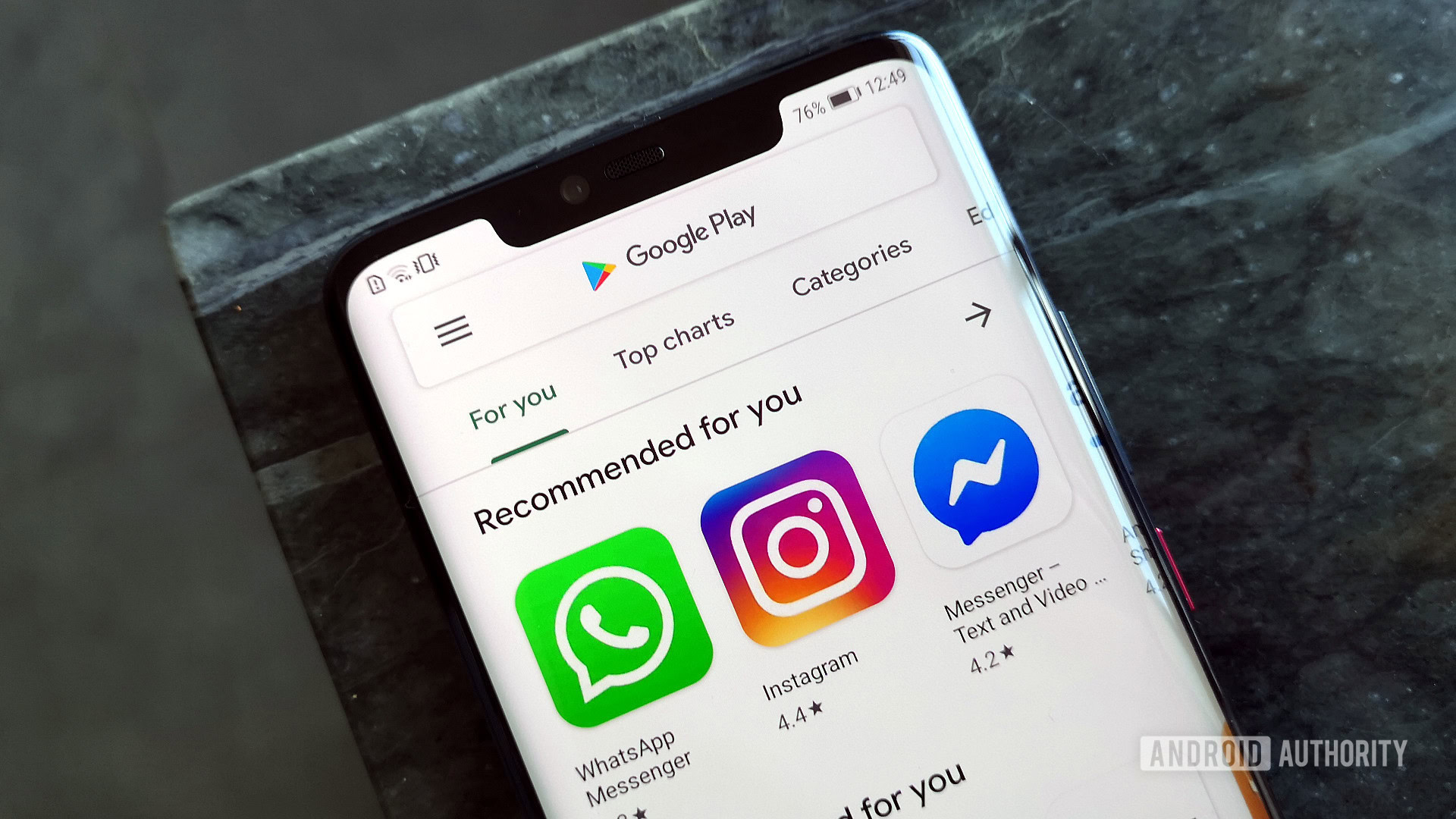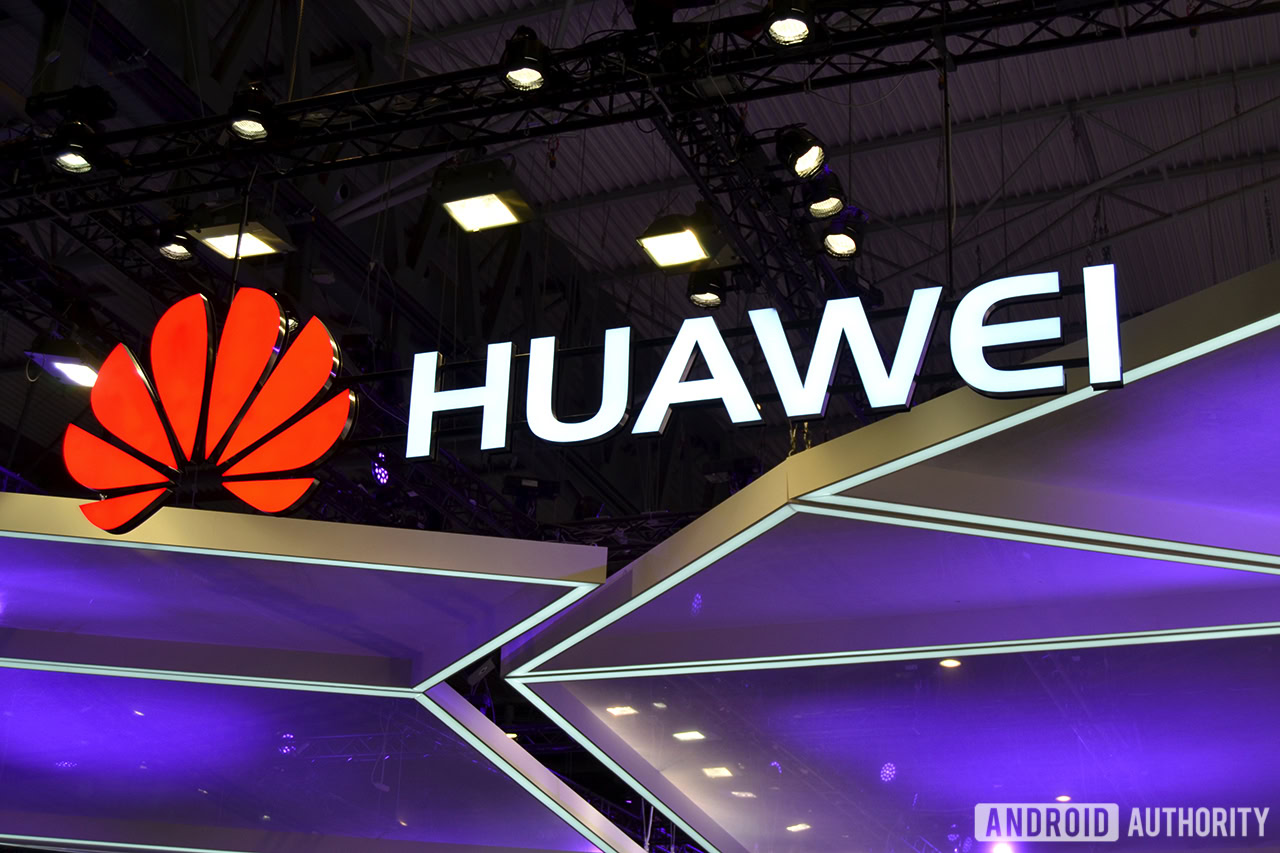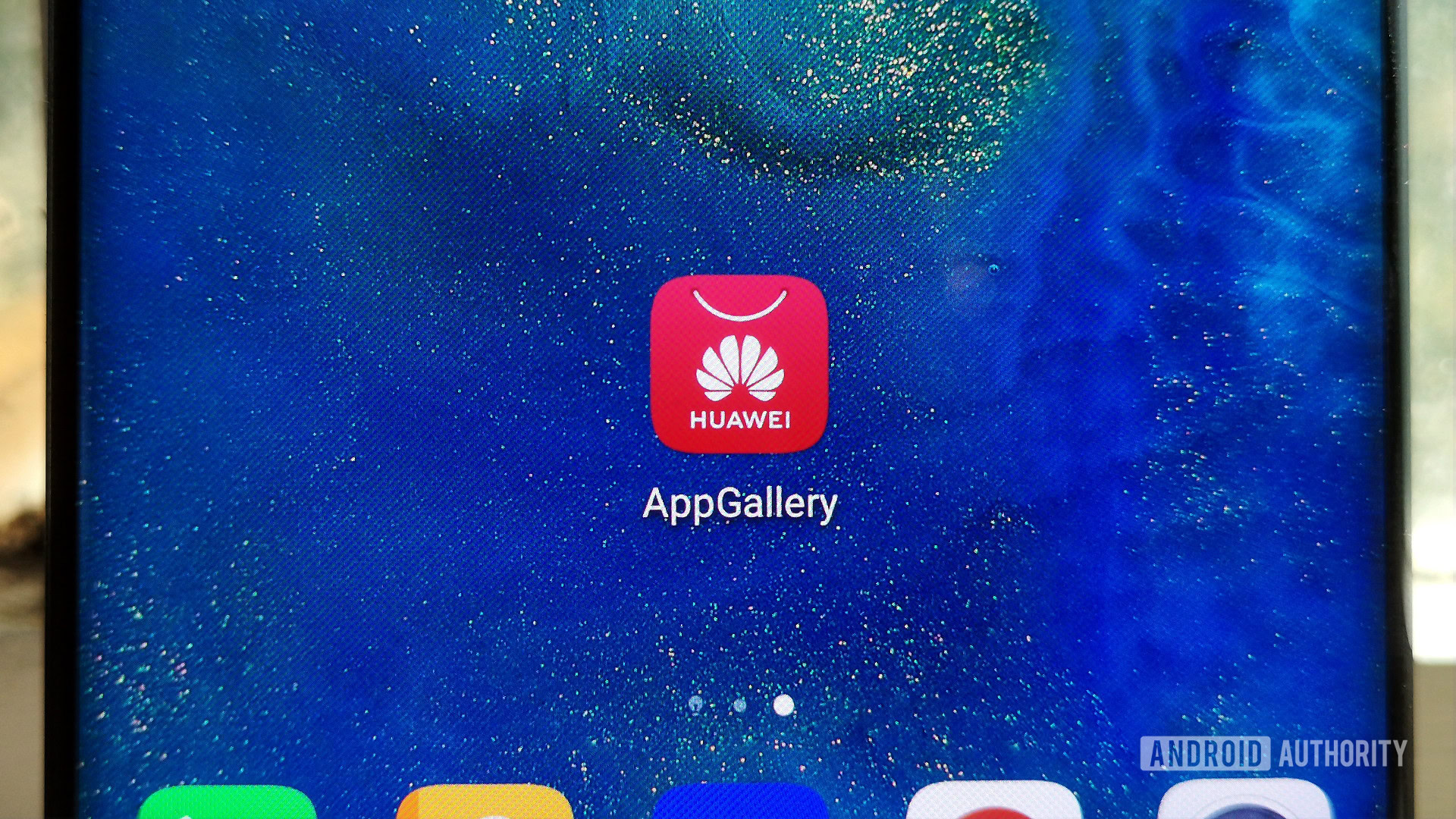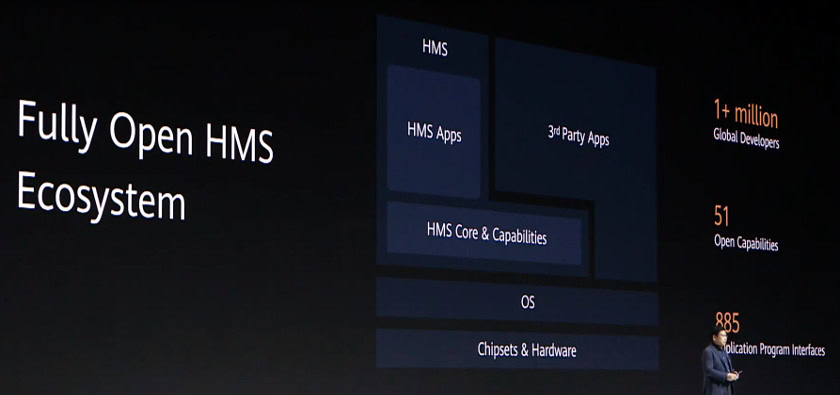Affiliate links on Android Authority may earn us a commission. Learn more.
Here's how HUAWEI plans to tackle the Mate 30's missing Google apps
September 19, 2019

Due to the ongoing trade spat between the US and China, the new HUAWEI Mate 30 and Mate 30 Pro won’t ship with the Google Play Store or any other Google services installed out of the box. This means no Google Maps, Gmail, or Chrome browser pre-installed and no Play Store from which to download your must-have apps.
This is potentially devastating news for a major flagship release. Most of HUAWEI’s key markets outside of China are familiar with Google’s storefront and think third-party stores aren’t as trustworthy. HUAWEI is banking on winning app developers over to its side, but it’s not clear if the company can take consumers with it.
Our initial verdict: HUAWEI Mate 30 Pro hands-on: Bigger, faster, sleeker
Recap: Why HUAWEI can’t use Google apps
As part of the US government’s ongoing trade sanctions against HUAWEI, the company cannot sign deals for hardware products or services created by US companies. This came into effect when HUAWEI was added to the US Department of Commerce’s Entity List via executive order, thereby blacklisting the company from deals with US companies.

This means that HUAWEI is forbidden from obtaining Google’s license to access the latter’s range of software products found in the Google Mobile Services (GMS) package. This package is often pre-installed on phones outside of China and includes familiar apps such as the Chrome web browser, Gmail client, Google Search, Assistant, Translate, and a few others. The Google Play Store and Play Services are also part GMS. There’s no way to access the millions of apps that Google hosts on its store without signing up to GMS.
GMS is separate from the Android operating system, which operates under the open-source Apache License 2.0. HUAWEI is still able to build version updates from the Android Open Source Project. However, this might take longer than retrieving security updates directly from Google.
How HUAWEI plans to tackle Google apps

Towards the end of the HUAWEI Mate 30 announcement, CEO Richard Yu briefly confirmed that the new phones are barred from using the GMS package. Instead, customers will need to resort to the pre-installed HUAWEI AppGallery and what the company has dubbed the HUAWEI Mobile Services (HMS) Core suite. HUAWEI boasts that there are more than 45,000 apps integrated with HMS Core capabilities and that there are more than 390 million monthly active store users. Those are big numbers, but the AppGallery is no Play Store in terms of apps or users.
Because of a US ban these phones cannot preinstall the GMS core. It has forced us to use the HMS Core running the HUAWEI AppGallery on the Mate 30 seriesRichard Yu - HUAWEI CEO
Out of the box, HUAWEI is able to offer its own web browser, messaging, calls, calendar, gallery, and a few other essential apps. However, it’s missing a decent map or navigation app, translator, and Assistant technologies on which many users — particularly in Europe — have come to rely. Regardless, the HUAWEI AppGallery is significantly smaller than the Google Play Store, meaning that most users will struggle to find many of their favorite apps.
Enticing developers and users

To compensate, HUAWEI is funding additional app development for its AppGallery to the tune of $1 billion. The fund will entice app developers over to HUAWEI’s platform and kickstart the development of essential apps. To achieve this, HMS core provides app developers with tools and integration needed to get their apps up and running. This includes Map, Site, Drive, Message, and Location kits, along with HUAWEI’s Game Service. There are also Analytics, Wallet, and Ad kits for business app developers.

HUAWEI claims that apps built using its HMS Core kit will see performance improvements on HUAWEI devices. A bonus to be sure, but the bottom line is that the AppGallery is a smaller ecosystem right now and it will take a significant amount of time and investment before the store offers a truly competitive range of apps. Even Amazon has struggled to compete with Google here. Even with HUAWEI’s significant installation base, HMS Core is a tough sell for developers. More likely, we will see some app ports appear on the AppGallery, but these may often lag with updates and new features compared to their Play Store counterparts.
Related: HUAWEI Mate 30 and Mate 30 Pro are here: Everything you need to know!
There had been hopes that HUAWEI may find a workaround to offer consumers a backdoor into Google’s Store and Apps. Chinese manufacturer Meizu, for example, has previously offered a Google Installer app to sideload services onto a device after setup. However, Google has been clamping down on this practice and it would likely run afoul of the current trade ban rules.
If HUAWEI can’t offer another route to installing GMS on the Mate 30 and Mate 30 Pro, I suspect a number of users will resort to installing GMS themselves rather than using HUAWEI’s AppGallery. We also hear that HUAWEI has reversed its stance on locked bootloaders for the Mate 30 series, making it easier for savvy owners to tinker on an OS level too.
Basically, if you don’t like HUAWEI’s store, you’ll need to bypass this issue yourself.